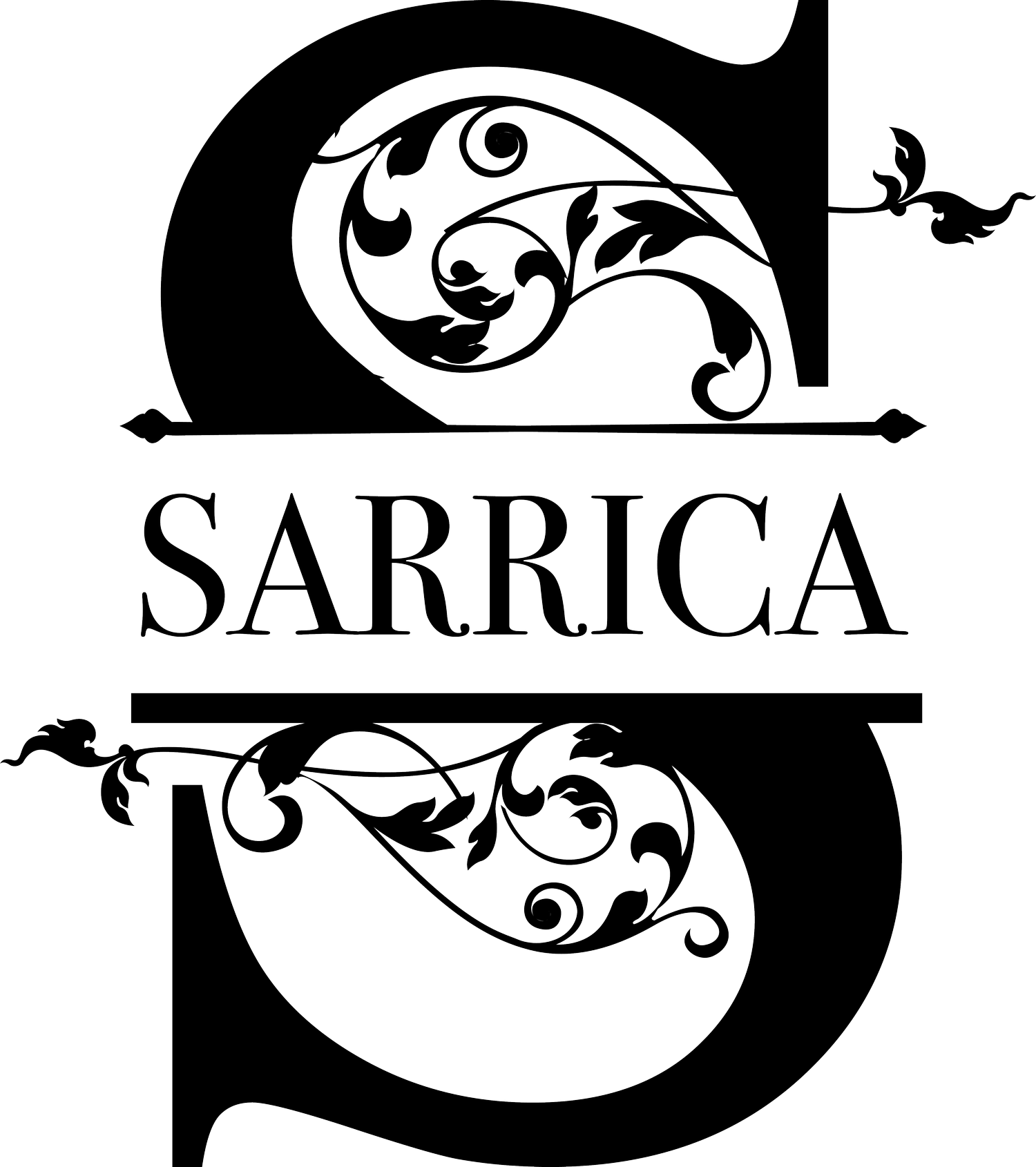Celebrate National Physical Therapy Month: The Key to Healing, Prevention, and Total Well-Being
October is not just a month for pumpkin spice lattes and autumn leaves; it's also National Physical Therapy Month. This dedicated month is a time to recognize and celebrate the invaluable role that physical therapists play in improving the lives of countless individuals. While physical therapy is often associated with healing injuries, its significance extends far beyond that. In this blog, we'll explore why physical therapy is a crucial component of both injury recovery and the promotion of overall health and wellness.
The Healing Touch of Physical Therapy:
Recovery and Rehabilitation: Physical therapy is the bridge between injury and recovery. It aids in regaining lost strength, flexibility, and mobility following an injury or surgery. Whether it's a sports-related injury, a post-operative condition, or a musculoskeletal issue, physical therapists tailor treatment plans to address each patient's specific needs.
Pain Management: Physical therapists are experts in alleviating pain through various techniques, including manual therapy, modalities like ultrasound and electrical stimulation, and personalized exercise programs. By targeting the source of the pain, they reduce the need for long-term pain medication.
Restoring Functionality: The goal of physical therapy is not just to relieve pain but to restore functionality. Whether it's getting back to sports, work, or daily activities, physical therapists help individuals regain their independence and quality of life.
The Preventative Power of Physical Therapy:
Injury Prevention: Physical therapists are proactive in their approach to healthcare. By identifying potential risk factors and addressing them through targeted exercises and education, they help prevent injuries from occurring in the first place. Athletes, in particular, benefit from injury prevention strategies that enhance their performance and longevity.
Improved Posture and Body Mechanics: Poor posture and improper body mechanics can lead to a range of health issues, from chronic pain to joint problems. Physical therapists teach patients how to maintain good posture and body mechanics in their daily lives to prevent these issues from arising.
Fall Prevention: For older adults, falls are a significant health concern. Physical therapists work with seniors to improve balance, strength, and coordination, reducing the risk of falls and associated injuries.
Overall Health and Well-being:
Holistic Care: Physical therapists view the body as a whole, addressing not just the immediate problem but the underlying causes. This holistic approach contributes to better overall health and well-being.
Chronic Disease Management: Physical therapy plays a vital role in managing chronic conditions such as diabetes, arthritis, and heart disease. Through exercise, lifestyle modification, and pain management, physical therapists help patients live healthier lives with these conditions.
Enhanced Quality of Life: The skills and knowledge imparted by physical therapists empower individuals to take charge of their health. They learn how to maintain an active, pain-free lifestyle and make informed choices about their well-being.
Conclusion:
National Physical Therapy Month is an opportunity to celebrate the profound impact that physical therapy has on healing, preventing injuries, and enhancing overall health. Physical therapists are not just healers but also educators, partners in health, and champions of well-being. Their work reaches far beyond the clinic, touching the lives of countless individuals, and helping them lead healthier, happier lives. Whether you're on the path to recovery or seeking ways to prevent future injuries and improve your well-being, physical therapy is an essential component of your journey to a healthier and more active life.





